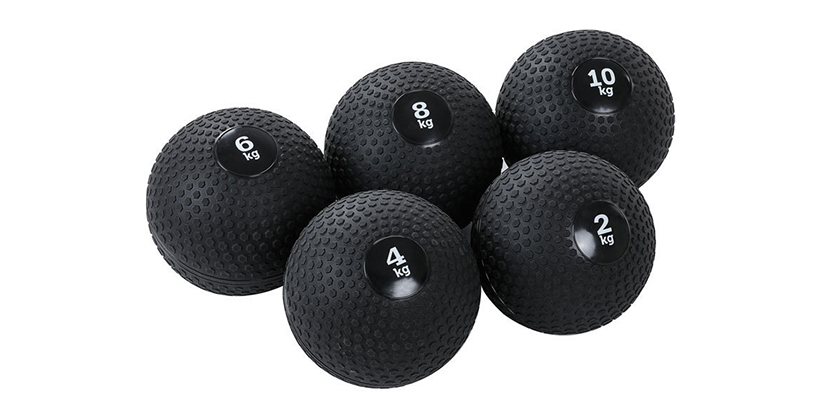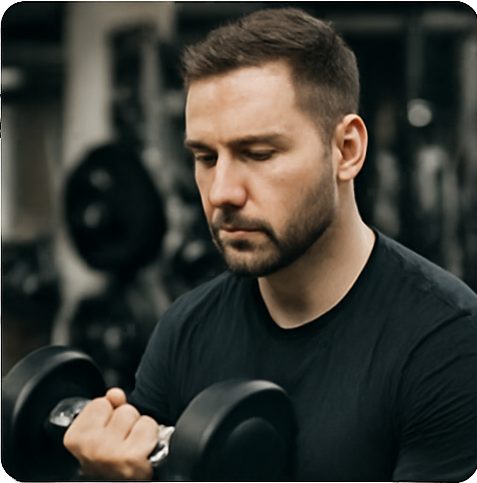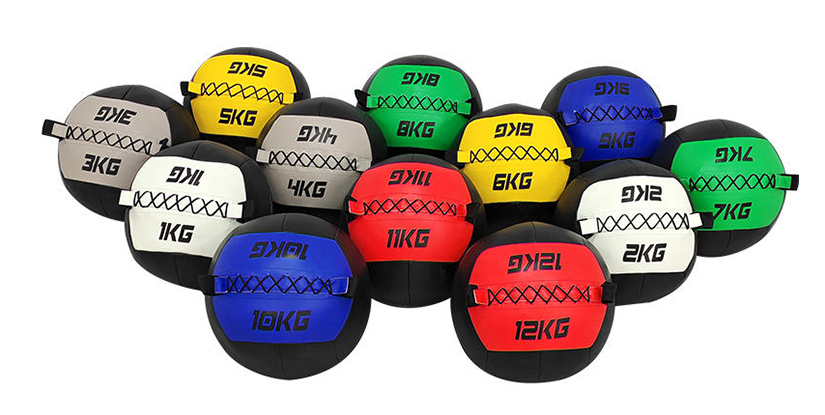I saw someone ask about must-have rehab gear, and it instantly made me think of the wall ball 2kg we use in our gym all the time. Honestly, it’s one of those tools that doesn’t look like much—but ends up being a total game-changer.
I’ve worked with all kinds of members—folks coming back from injury, beginners just starting out, or people just needing to move better. And time after time, the 2kg wall ball delivers. It’s light, safe, and surprisingly useful for building confidence and control without overloading anyone.
So yeah, if we’re talking about gear that actually helps people move pain-free? This one makes the list.
Why Light Matters More Than You Think
I used to think heavier always meant better—but when it comes to rehab or just moving well, that’s not the case. That’s actually why I started leaning into the 2kg wall ball during our sessions. It just clicked for rehab work—light, simple, and it gets the job done.
Honestly, it’s light enough that no one freaks out using it. But more importantly, it lets people really dial in their movement instead of just chasing weight. So yeah, it works.
With 2kg, we can dial in the basics:
- ✅ Clean squat depth without cheating
- ✅ Smooth shoulder range without grinding
- ✅ Core engagement that’s real—not just bracing and hoping
- ✅ Safe tosses to a target without wrecking their elbows or back
Honestly, most folks don’t need more weight—they need better control. And that’s where this little wall ball shines.

How We Use the 2kg Wall Ball in the Gym
We use the 2kg wall ball all the time on our commercial gym floor. It’s one of those tools that sneaks into everything without being the star—and that’s kind of the point.
Here’s how we work it in:
- 🔥 Warmups – Whether it’s newbies or seasoned members, we’ll use it to get the body moving. Think light tosses, deep squats, and a little shoulder flow.
- 🧘♀️ Active recovery – On lighter days, we throw in some medicine ball tosses between circuits. It keeps people moving without frying their nervous system.
- 🦵 Rehab work – This one’s huge. For members coming back from injury, it’s perfect for re-learning basic squat patterns—without loading them up too soon.
- 🧒 Youth programs – Teaching form to younger athletes? This ball’s a win. It’s light, it’s safe, and it builds habits without crushing their posture.
Honestly, it’s a go-to. Nothing flashy—but super effective when you know how to use it.
Who It s For And When to Use It
We lean on the 2kg wall ball way more than you’d think—mainly because it works for folks who need to move well before they move heavy.
Here’s who it’s best for:
- 🛠 Post-injury clients – They need low impact, high control. This ball lets them move confidently without flaring anything up.
- 🐣 Total beginners – When someone’s brand new, we don’t throw them into the deep end. The lighter ball helps build trust with movement.
- 💤 Deconditioned members – Sometimes people just need a reset. Honestly, it’s an easy way to bring them back in without making ’em feel left out or behind.
- 🧑🤝🧑 Group classes – It’s gold. Everyone uses the same setup, and coaches can tweak reps or tempo without dealing with a million different weights. Super smooth scaling.
Also, as a coach, I use it all the time to clean up form. When you strip the load way back, you can actually see what’s going wrong. No guesswork. Just honest movement.
So yeah—it’s not just a “rehab ball.” It’s a smart tool firstly for smart programming.In a commercial gym setting, the 2kg wall ball is hands-down one of the most underrated tools. It shows up daily—quietly doing the work that keeps members moving well.

Hi, I’m the editor here at Leadman Fitness. We’re a manufacturer focused on producing top-quality barbells, plates, kettlebells, dumbbells, and strength training gear. I’ve been into sports and fitness for years, and I know my way around all kinds of gym equipment—both from using it and helping create it.
I spend a lot of time understanding the real problems people run into in the gym—whether it’s beginners trying to pick the right gear or experienced lifters looking for something more durable. I stay in close touch with our production team and talk directly with other equipment makers, so we’re always improving based on what real lifters and coaches are looking for.
What I share comes from hands-on experience—stuff that actually helps people train better, not just in theory, but in real gyms.
